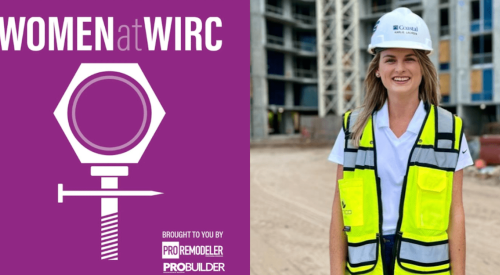Even the most straight forward, well-informed financial predictions sometimes fall flat, which is why Sanjiv Das, CEO of Caliber Home Loans, says to “expect the unexpected” when it comes to the housing market. He created a list of unconventional forecasts that could come to pass in 2020 based on current conditions as well as possible future influences. Some of his hot takes: Homebuying won’t just grow, but boom. And even more surprising, the increased sales may be spearheaded by the gig-workers, a demographic traditionally left out of the homeownership equation, if a bill that would allow alternative forms of payment and job verification for loans passes in Congress.
In my three decades in the financial markets, I’ve come to expect the unexpected. With the new year upon us, I’m sharing five predictions for the U.S. housing market that counter conventional wisdom. These ideas may not necessarily come to pass, but I’ll explain how they could materialize. Thinking about these outcomes aren’t just theoretical but can help prepare us if they, in fact, happen.
1. Mortgage refinancing will last longer than expected:Already some 11.7 million Americans are eligible or “in the money,” as they have taken advantage of decreased rates. More U.S. homeowners refinanced their properties in 2019 than at any time since 2016; volumes in 2019 were $678 billion, up from $458 billion in 2018. Remarkably, some 82% of loans originated between six- and 25 months ago can benefit from a refinance today — and 2016 was the last time that this percentage of loans were in the money. If rates drop another 25 basis points, or 0.25%, this will bring even more homeowners into the money. As rates remain low, refinancing should continue unabated.
2. Housing affordability improves: Interest rates are one of the primary drivers of home sales. We’re in a low interest environment and Core Housing Lenders (CHLs) are coming off banner years with record revenues and volumes. As a result, mortgage lenders have increased their underwriting capacity. Therefore, as rates go up, firms may continue to absorb these increases, effectively subsidizing the cost for consumers. In other words, homebuyers may see affordability remain constant or improve throughout 2020.
3. Home purchases will increase: Home sales have been increasing, up 2.5% in July 2019, beating expectations in August, and up 7.4 percent in November 2019, versus a year ago. What’s more, building permits have recently exceeded expectations. And consumer sentiment towards buying a home have also become more positive. A survey of loan officers showed that demand for home purchases was at the highest levels in the third quarter of 2019 since the same period in 2017. If rates remain low as expected, the home purchase market will likely experience a boom, as millions of Americans, especially millennials, will want to take advantage of the attractive economics.












